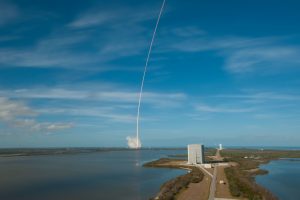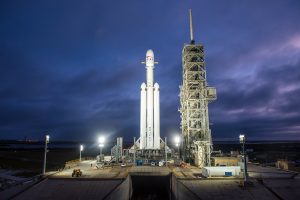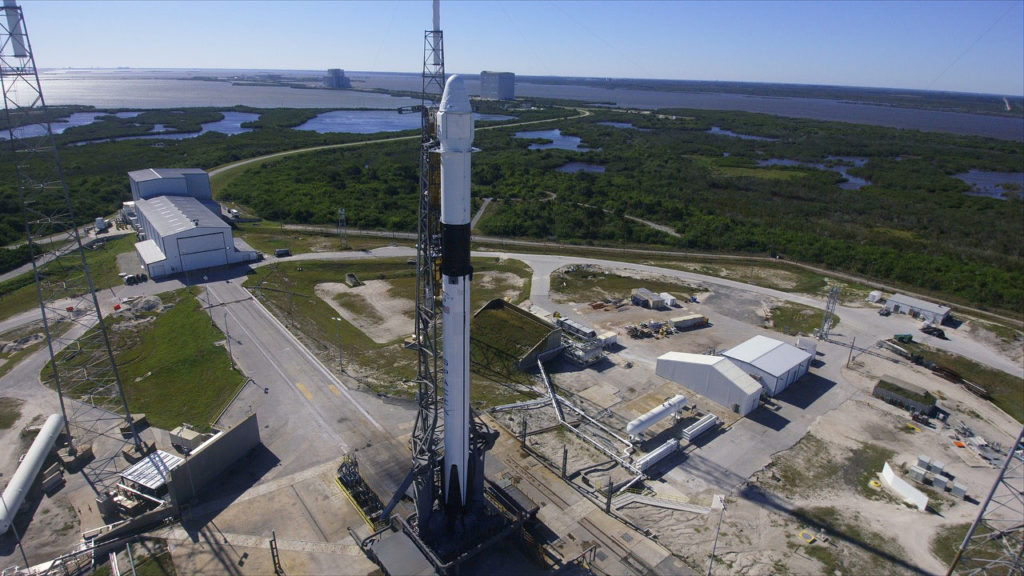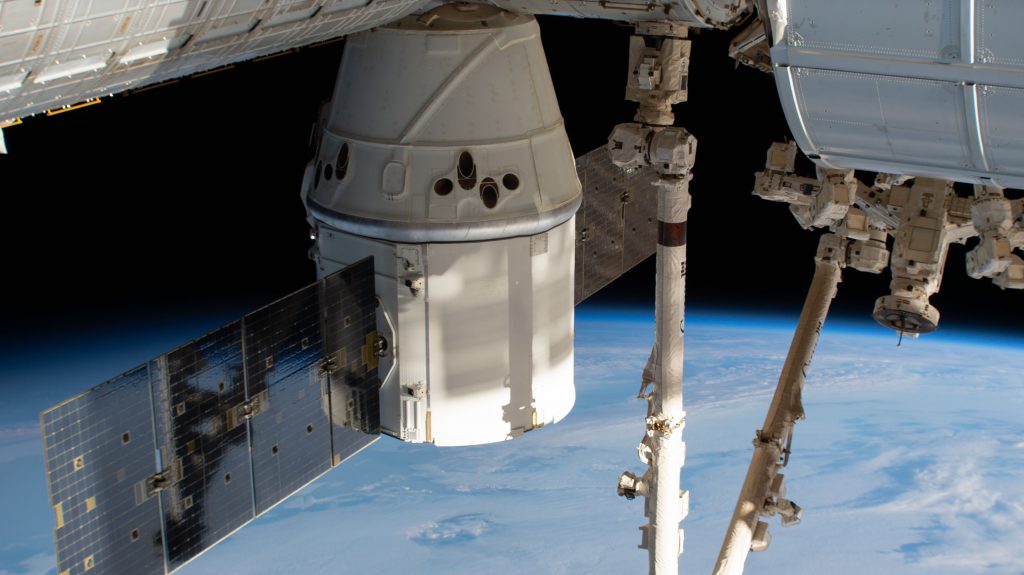SpaceX and the U.S. Department of Defense will launch the Space Test Program-2 mission made up of two dozen satellites from government and research institutions. NASA payloads onboard include a small satellite, twin CubeSats and several instruments.
Subject matter experts will discuss the NASA technology demonstrations and science missions during a prelaunch technology TV show from Kennedy Space Center in Florida, starting at noon EDT. Watch the briefing online or on NASA’s livestreaming channels.
Participants include:
- Todd Ely, principal investigator for the Deep Space Atomic Clock, JPL
- Jill Seubert, deputy principal investigator for the Deep Space Atomic Clock, JPL
- Christopher McLean, principal investigator for the Green Propellant Infusion Mission, Ball Aerospace
- Joe Cassady, executive director of space, Aerojet Rocketdyne
- Nicola Fox, director of the Heliophysics Division in NASA’s Science Mission Directorate, NASA Headquarters (to discuss the Space Environment Testbeds)
- Rick Doe, payload program manager for the Enhanced Tandem Beacon Experiment, SRI International
The launch window for the Falcon Heavy opens at 11:30 p.m. Monday, June 24, from historic Launch Complex 39A at Kennedy. The launch will also air on NASA Television and the agency’s website.
For more information about the NASA missions launching on the Falcon Heavy, visit: www.nasa.gov/spacex





